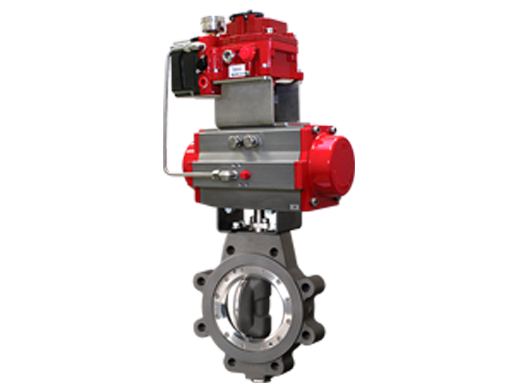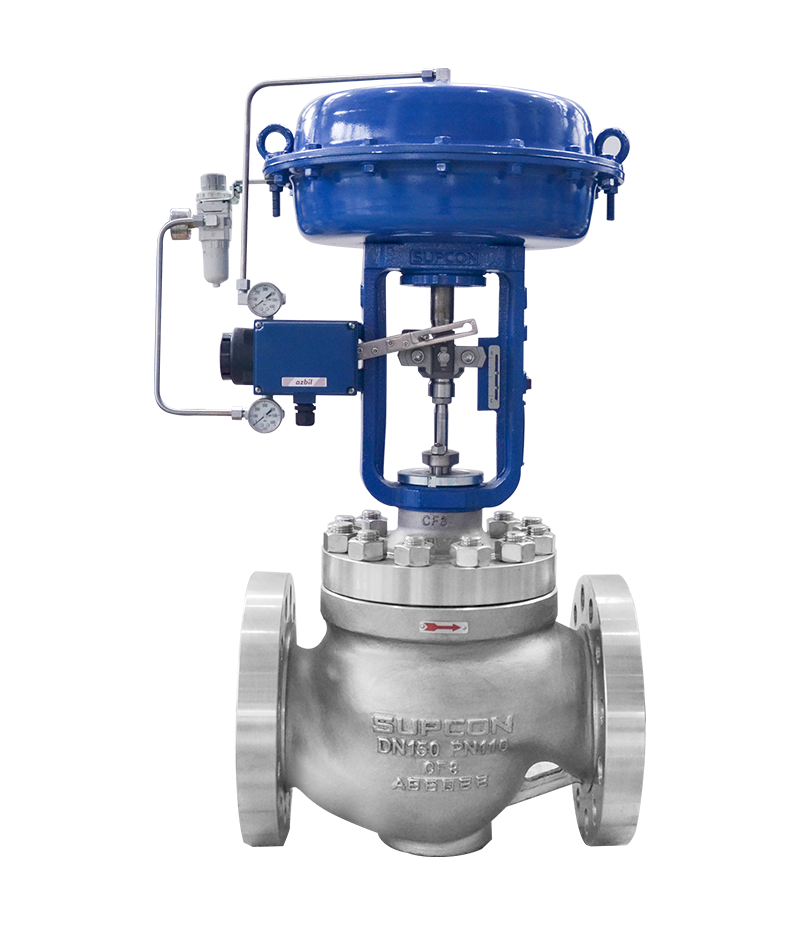Picking the Right Control Valves: An Overview to Optimal System Performance
Picking the Right Control Valves: An Overview to Optimal System Performance
Blog Article

Maximize Power Savings and Comfort With Advanced Structure Automation Controls
In the world of modern-day architecture and center monitoring, the assimilation of advanced building automation controls stands as an essential improvement. The convergence of technology and sustainability has birthed a new era where power efficiency, comfort optimization, and operational streamlining are no more remote goals but attainable realities. By utilizing the power of automation, buildings can adapt, respond, and evolve in methods that were once unbelievable. The possibility for significant energy cost savings and enhanced convenience is not just a possibility but a pledge waiting to be met. This standard change in building administration holds the essential to unlocking a world where environmental conscientiousness and passenger wellness sympathetically coexist within the walls of our structures.
Power Performance Conveniences
Energy effectiveness advantages can substantially minimize energy intake and operational costs in structures. By carrying out energy-efficient techniques and innovations, building proprietors and drivers can accomplish substantial financial savings while additionally adding to environmental sustainability. One of the main benefits of boosting power efficiency in buildings is the reduction of energy bills. Energy-efficient systems, such as advanced structure automation controls, can maximize using resources like air conditioning, home heating, and lighting, leading to lower power costs over time.
Moreover, enhanced energy performance can prolong the lifespan of building tools and systems. By running more efficiently, HVAC systems, lighting components, and other building components experience much less deterioration, leading to decreased maintenance and replacement expenses. Furthermore, energy-efficient structures frequently command higher residential property worths and rental prices, offering long-term economic benefits to proprietors.
Moreover, power performance can boost occupant convenience and efficiency. Appropriately regulated indoor settings with optimal lighting and thermal problems create an even more positive and helpful work area, leading to improved staff member contentment and efficiency. In general, the energy efficiency advantages related to advanced building automation controls are diverse, including expense financial savings, ecological stewardship, and occupant wellness.
Boosted Convenience Control
Enhancing convenience control in building atmospheres calls for an innovative combination of advanced automation systems for optimum occupant health. By making use of advanced structure automation controls, centers can customize the interior environment to satisfy the certain demands and choices of residents. These systems make it possible for precise policy of ventilation, lights, and temperature level, creating a comfy and effective ambience. Resident satisfaction and productivity are very closely linked to thermal convenience, making it necessary to have systems in area that can adjust to transforming problems in real-time.
Boosted comfort control goes beyond fundamental temperature level changes. It consists of functions such as individualized settings, occupancy sensors, and all-natural light usage to develop a vibrant and receptive environment. By incorporating these innovative controls, buildings can not just enhance convenience but likewise improve energy efficiency by enhancing system procedures based upon real tenancy and use patterns. Eventually, prioritizing passenger convenience with innovative automation systems leads to a much more enjoyable and healthier interior environment.
Functional Efficiency Improvements

Furthermore, the implementation of real-time monitoring and analytics devices allows structure drivers to determine power inefficiencies and functional anomalies immediately. By constantly monitoring power use patterns and system performance metrics, adjustments can be made in real-time to optimize power consumption and make sure peak operational efficiency. control valves. In addition, integrating need action techniques into structure automation controls can even more enhance functional effectiveness by dynamically readjusting energy usage based upon grid problems and rates signals
Indoor Climate Optimization
Efficient interior climate optimization is an essential aspect of building automation controls, making certain residents' convenience and health while making best use of power financial savings. By using advanced sensors and controls, developing automation systems can constantly check and change temperature level, moisture levels, air high quality, and ventilation to produce an ideal indoor atmosphere. Preserving comfy and consistent problems not just enhances passenger contentment but also increases productivity and overall health.
Indoor climate optimization likewise plays an important function in power performance. By fine-tuning heating, air flow, and cooling systems based on real-time information and tenancy patterns, constructing automation controls can significantly reduce energy consumption - control valves. As an example, carrying out approaches such as demand-controlled air flow and thermal zoning can aid lessen energy waste while making sure that each area of the structure gets the needed conditioning.

Lasting Setting Development
Building automation controls not only optimize indoor environment conditions for energy effectiveness and passenger convenience yet additionally lay the structure for have a peek here developing a sustainable environment via calculated monitoring of sources and systems. By incorporating advanced building automation innovations, such as sensors, actuators, and smart software application, centers can readjust and keep an eye on energy usage in real-time to decrease waste and minimize their carbon footprint. These systems allow anticipating upkeep, recognizing potential concerns prior to they rise and enhancing tools performance to boost durability and performance.
In addition, lasting setting production extends beyond energy monitoring to encompass water preservation, waste decrease, and interior air top quality improvement. Structure automation controls can regulate water usage, discover leaks, and guarantee appropriate waste disposal practices, contributing to total sustainability initiatives. Furthermore, by keeping an eye on and controlling ventilation and filtering systems, these innovations boost resident health and efficiency while decreasing power usage connected with a/c procedures.
Verdict
To conclude, progressed structure automation manages offer substantial benefits in terms of energy cost savings, comfort control, operational efficiency, indoor environment optimization, and producing a sustainable setting. By implementing these controls, buildings can accomplish optimal performance while reducing power consumption next page and enhancing occupant convenience. It appears that making use of advanced automation modern technology is vital in boosting structure efficiency and creating a more sustainable future.
Energy performance advantages can dramatically lower power consumption and functional costs in structures. On the whole, the energy effectiveness benefits linked with innovative building automation controls are multifaceted, incorporating price savings, environmental stewardship, and occupant wellness.
In addition, incorporating need action methods right into structure automation controls can further boost functional effectiveness by dynamically changing energy use based on grid problems and rates signals.
Building automation manages not only optimize interior climate problems for power effectiveness and resident convenience but likewise lay the structure for developing a lasting setting through critical monitoring of sources and systems.In conclusion, advanced structure automation regulates deal considerable benefits in terms of power savings, convenience control, functional performance, indoor climate optimization, and creating a sustainable atmosphere.
Report this page